Thinking smartness
Personal Project, Dec. 2017
This is my on-going thought experiment about smartness of the things:
Things that are claiming their smartness seem invading our life. We are obsessed by smartphones, annoyed by Spotify-Ads backed by the intelligent machine-learing algorithms and there are even things like smart-bomb. As a designer, I wander what went wrong with them, because these tech-enabled-things, designed by extremely intelligent people, are supposed to enhance our life. After the hype of Internet of Things it is maybe good time to think about the meaning of these tech-enabled-things. How can we design the "smartness" in meaningful way, but not simply attaching micro controllers to random objects. inspired by recent research publication by Simone Rebaudengo I would like to explore my interpretation of smart-things.
Another thing knocked me off is an article from The Guardian that designers and developers working for social network services are doing their best to spend users more time within their services... So they are making the services more addictive. And smartphone that draw out attention to these services are also part of the development.
I am particularly interested in smart-products, which are not so destructive like today's smartphones. How can a smart product cohabitate better with human, instead of alienating us? Are there be subtle smartness without drawing too much attention from users?
Vase for a sunflower
One of my concern of current "Internet of xxx-thing" development is lack of understanding about user's behavior. Do you really need a dedicated app to turn your living room's light on? -probably not. I think there must be products, which keep silent and do its job done.
A flower vase is probably one of the last thing you want to "smartnise". For a product to keep water inside and hold flowers, there is no point to make it intelligent. However there are flowers like sunflower, which always face towards the sun. How about a vase that is dedicated for them? For this particular case, I think there is a possibility to introduce a interesting narrative through making it "intelligent".
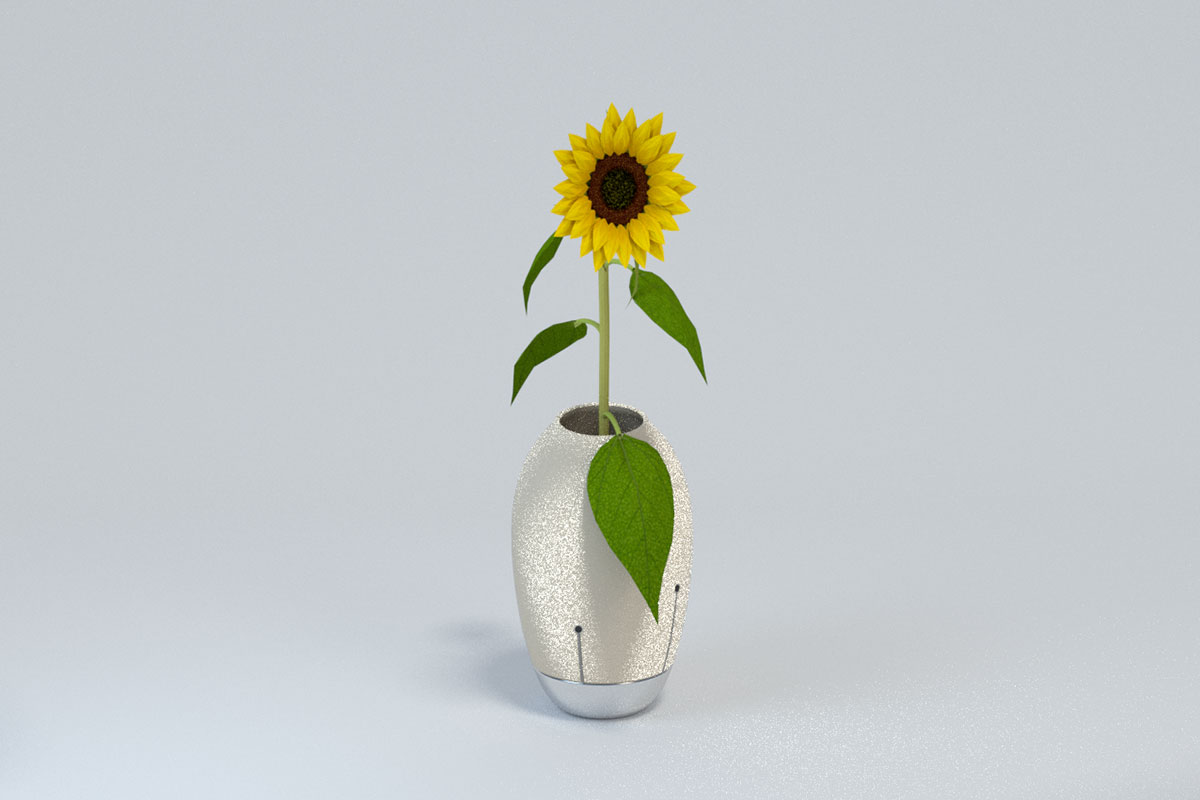
The vase for sunflower
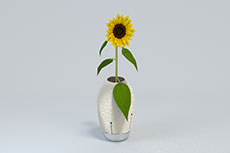
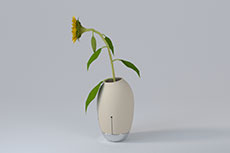
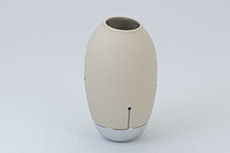
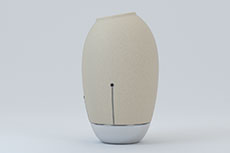
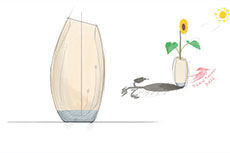
To induce user to put a sunflower to the specific direction, the mouth of the vase is slightly tilted towards one side. Electronic components are stored in the bottom, rotates the vase according to the sun position. Light sensors are attached on the vase surface to manifest it's functional capability.
Modeled with Rhino 3D
Rendered with Blender Cycle
Sunflower data by dawta on 3D Warehouse.
Further ideas:
Physical Icons: Make distraction as accessories
Can a classic pocket pager reduce distraction?
